Catchy Title Suggestion: Rock Detectives: Unlocking Earth’s Past in Your Hand
I’m Ken Kuwako, a Science Trainer, and for me, every day is an experiment.
Think about a common, ordinary rock lying on the side of the road. Wouldn’t it be exciting if every single one was a “time capsule” delivered from deep within the Earth’s past? If you ask a child, “What do you see in this rock?” they might just say, “It’s just a rock.” But within its color, patterns, and texture is etched the grand, molten saga of magma from the planet’s core.
Today, we’re diving into Igneous Rocks, a topic covered in junior high school geology, with tips to make it more than just rote memorization. By using just two key clues—color and crystal size—let’s become detectives and decode the stories hidden inside these stones!
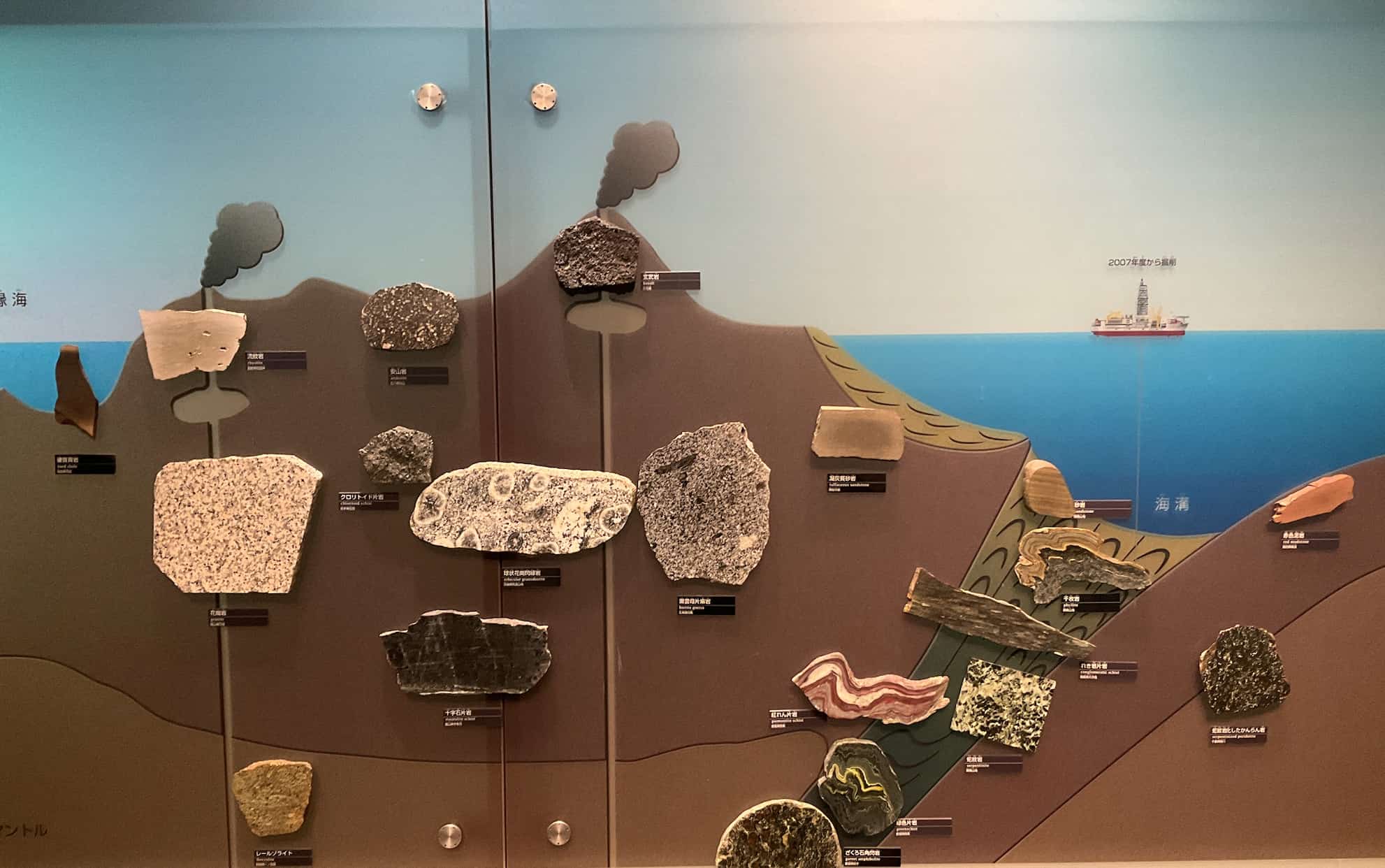
Clue 1: Color—The Magma’s Personality
Our first clue is color. The color of an igneous rock tells us about the nature, or “personality,” of the original magma.
Light-Colored Rocks (The Viscous, “Thick” Personality Magma)
White or light-colored rocks are rich in silicate minerals, and they originate from highly viscous, thick, and slow-moving magma. Here are the all-stars of this type:
- Rhyolite (Volcanic Rock)
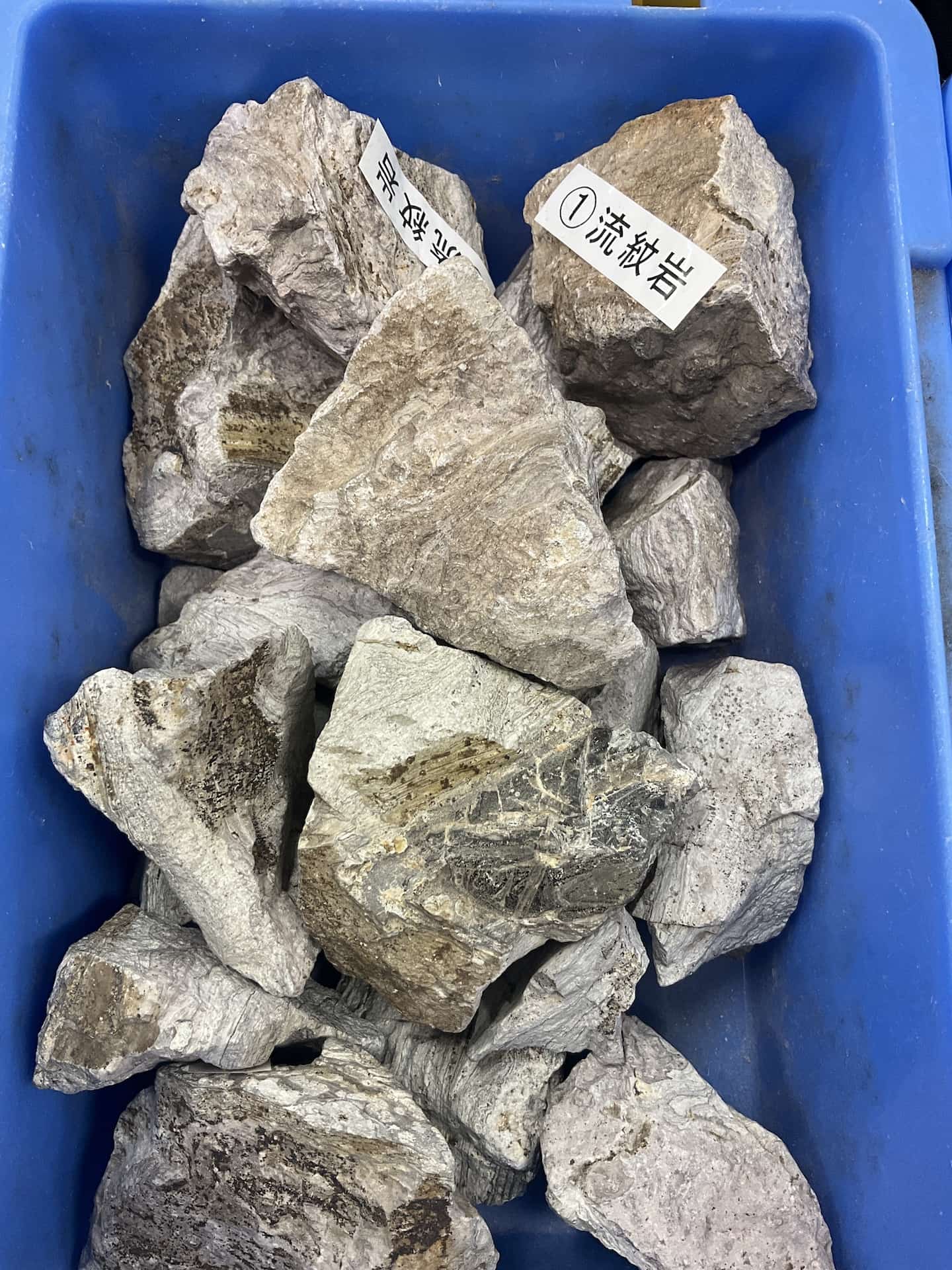
- Granite (Plutonic Rock)
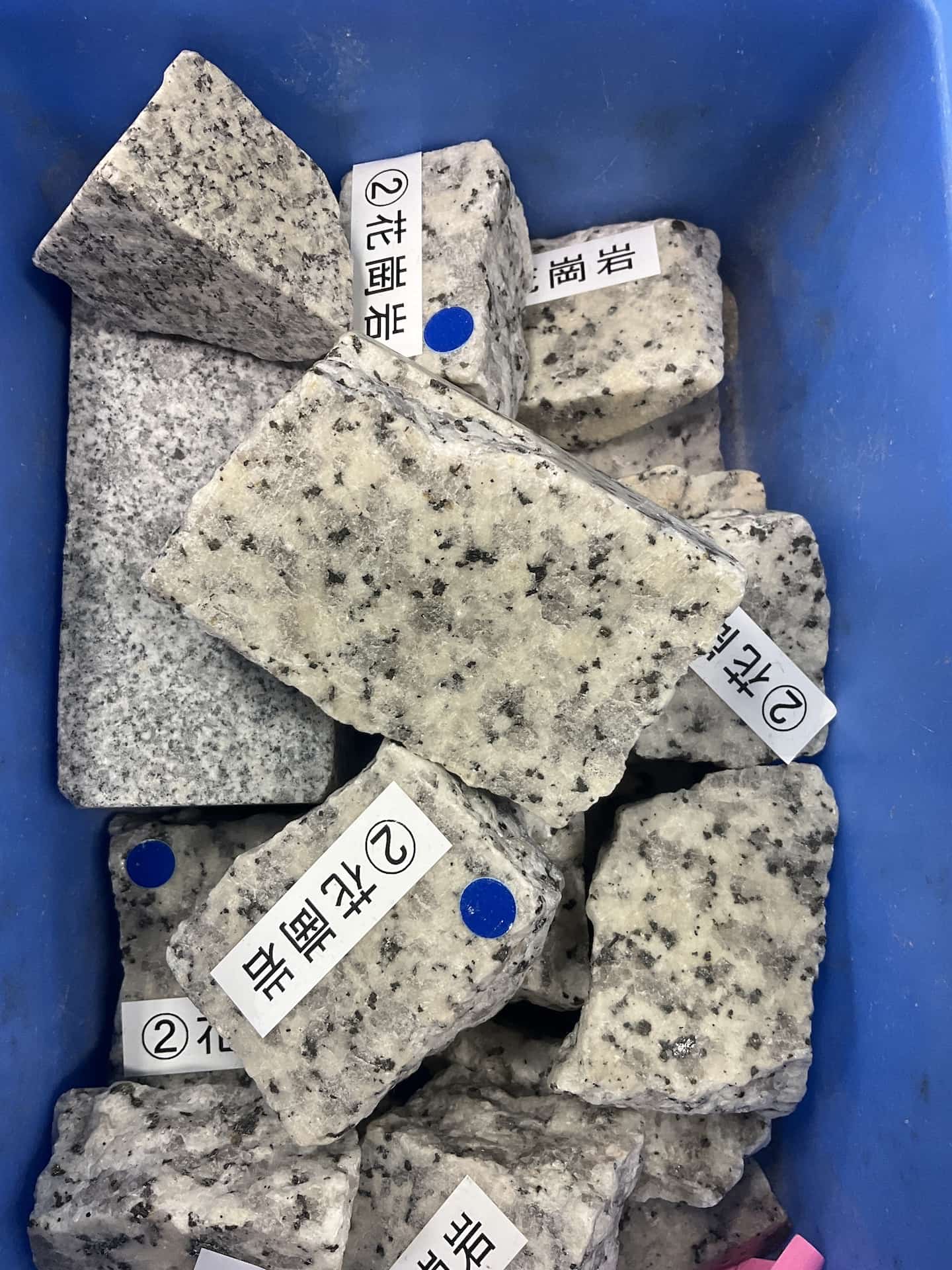
These two are practically identical siblings in terms of chemical composition. So why do they look so different? The next clue will reveal the mystery!
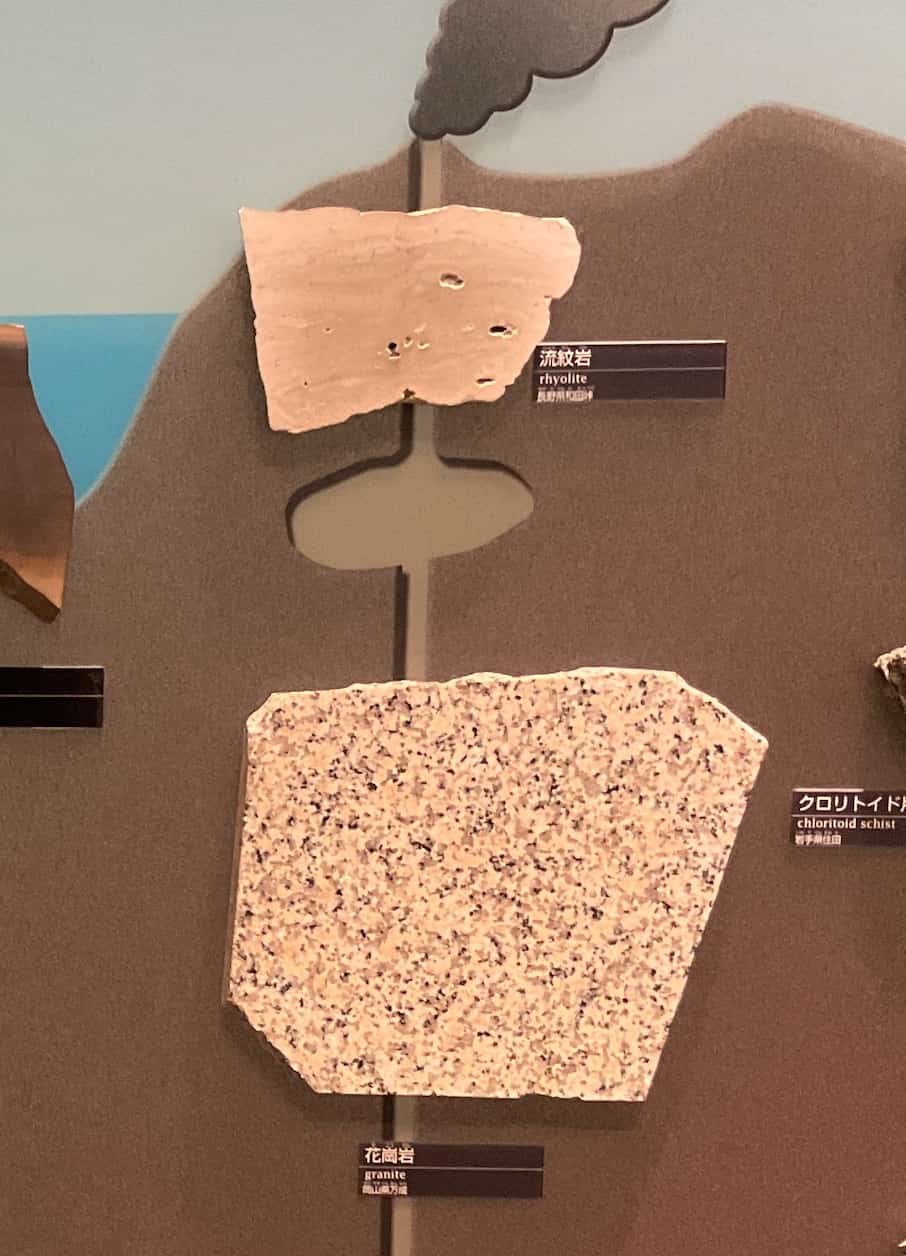
From an exhibit at the National Museum of Nature and Science. Where they are born makes all the difference in their appearance.
That’s right: Rhyolite formed near the surface, while Granite formed deep underground.
Dark-Colored Rocks (The Fluid, “Runny” Personality Magma)
Dark or black-colored rocks are rich in iron and magnesium, and they come from low-viscosity, runny magma. Just imagine the lava flowing from a Hawaiian volcano!
- Basalt (Volcanic Rock)
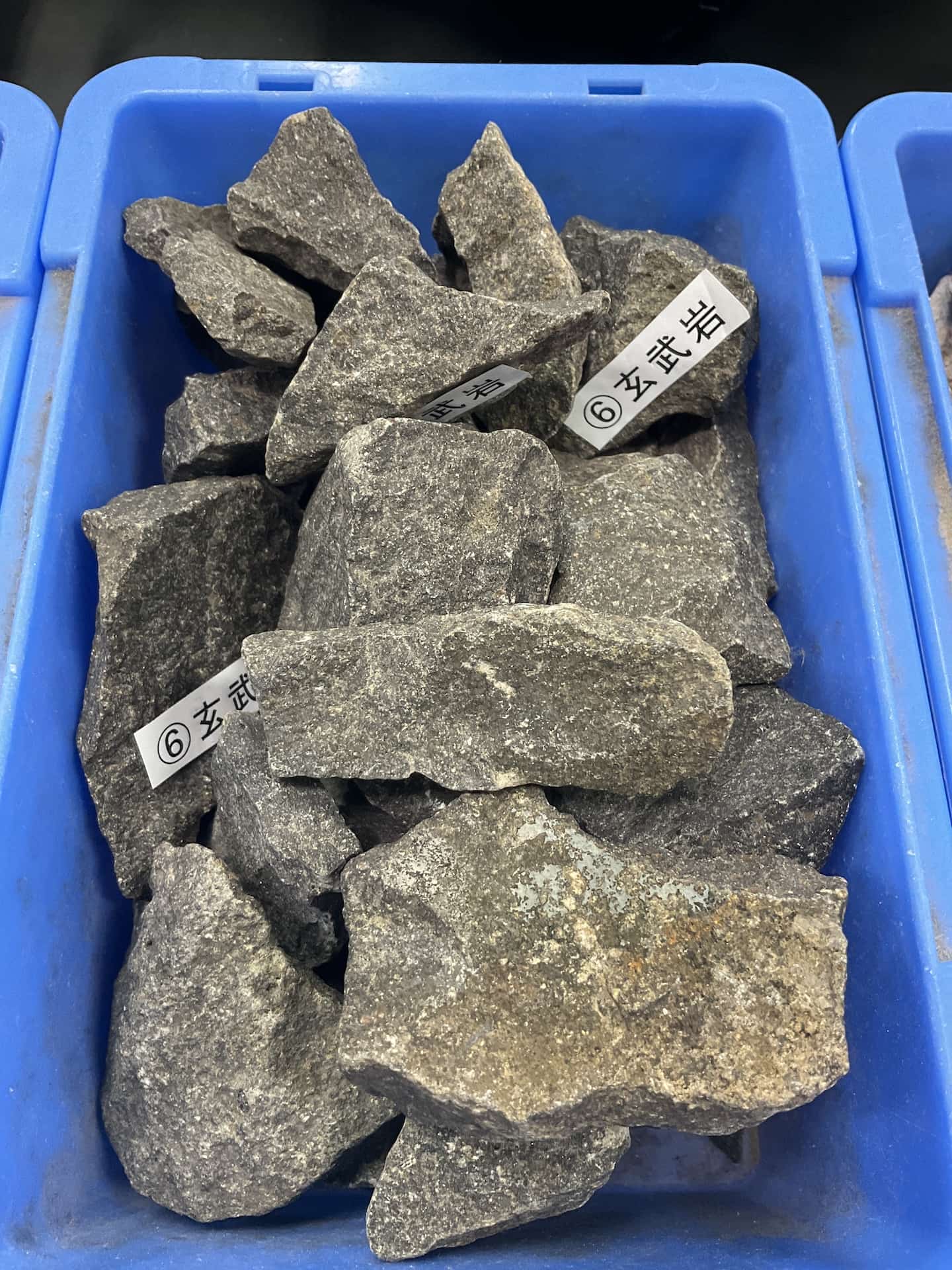
- Gabbro (Plutonic Rock)
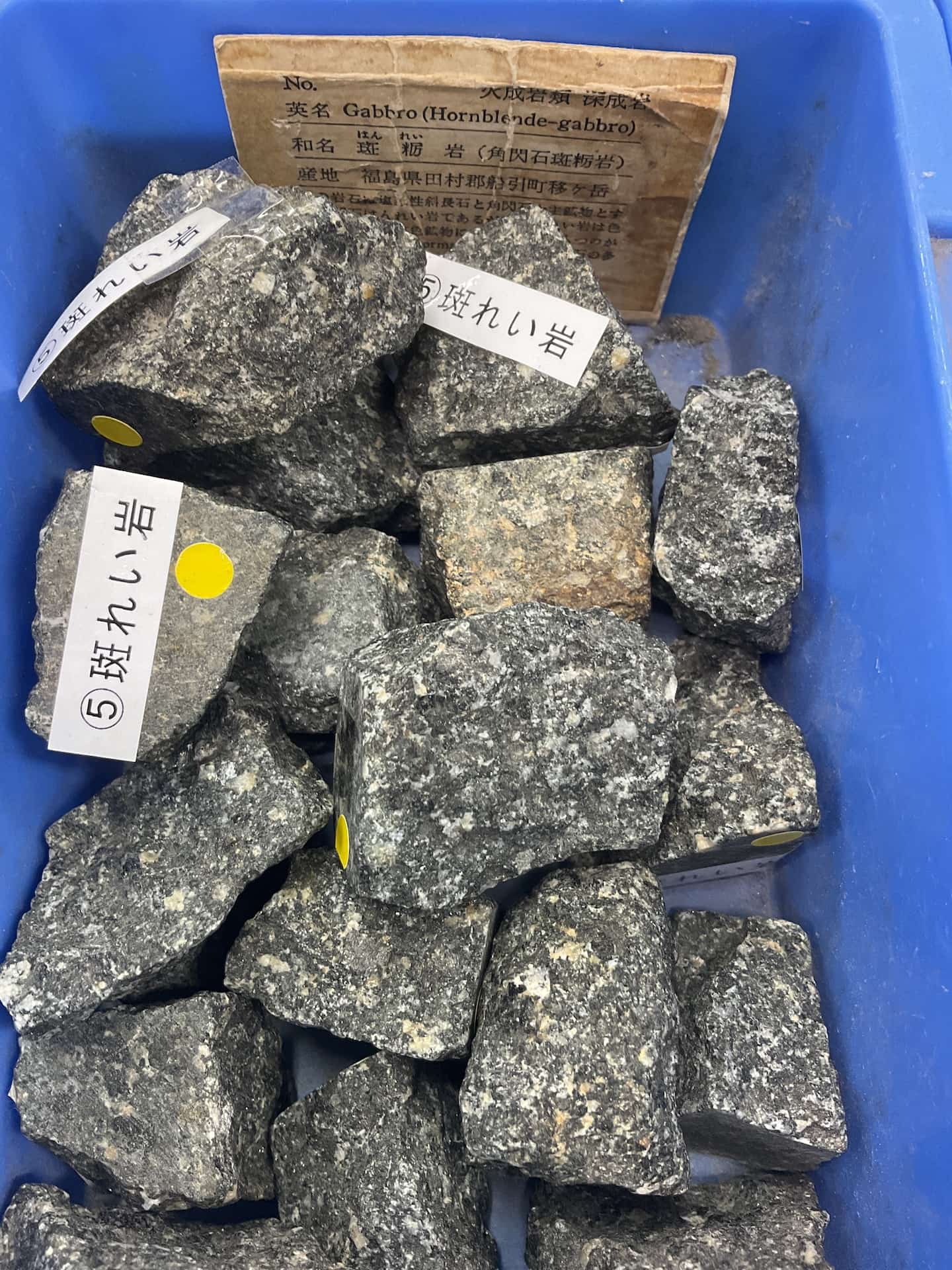
Gray-Colored Rocks (The Intermediate Personality Magma)
There are also intermediate, gray-colored rocks. These are common in Japanese volcanoes.
- Andesite (Volcanic Rock)
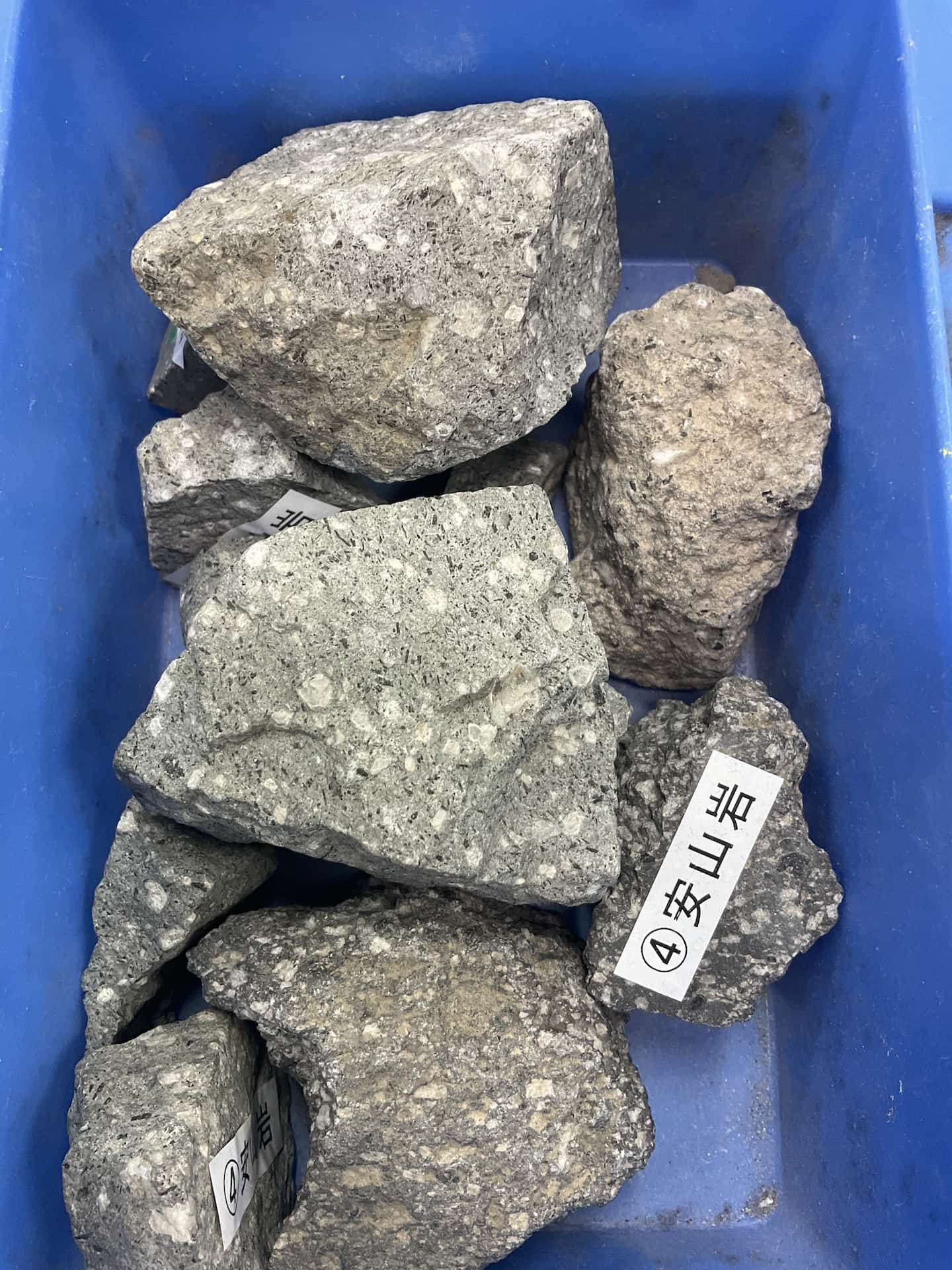
- Diorite (Plutonic Rock)
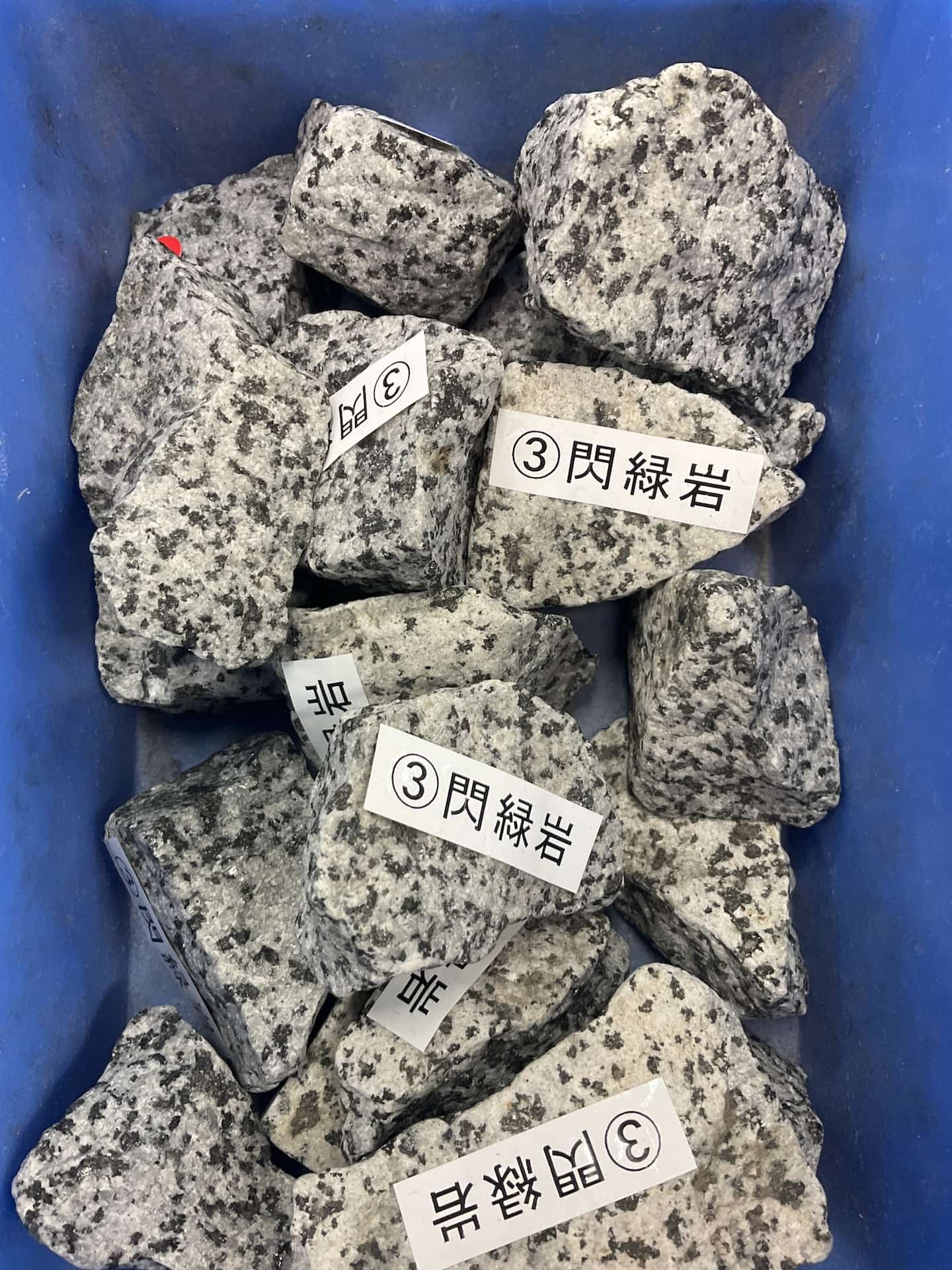
Clue 2: Crystal Size—The Magma’s “Upbringing”
Even within the same color group, if you look closely, the size of the tiny, sparkling grains (crystals) is dramatically different. This difference is the biggest clue telling us where and how the magma cooled—the rock’s “upbringing.”
Large Crystals: Plutonic Rocks—A Story of Slow, Underground Growth
Rocks with clearly visible crystals, such as Granite, Diorite, and Gabbro, are called Plutonic Rocks (or intrusive rocks).

They formed in warm, deep underground chambers, cooling slowly over tens of thousands or even hundreds of thousands of years. Like growing up snug under a warm blanket, they had plenty of time for their crystals to grow large. Their stately appearance gives them the air of a monarch who has “awakened from a long sleep underground.”
Small Crystals: Volcanic Rocks—A Story of a Quick Surface Chill
On the other hand, rocks where the grains are barely visible, such as Rhyolite, Andesite, and Basalt, are called Volcanic Rocks (or extrusive rocks).

They erupted onto the Earth’s surface and were cooled almost instantly by the cold air or water. The cooling happened so fast that the crystals had no time to grow large. You might call them the slightly impatient rocks, born of a hasty magma.
Beyond Igneous Rocks: The Diverse World of Stones
The world of rocks is deep, and beyond igneous rocks, there are many others with fascinating stories:
- Sandstone: Rock formed from compressed sand.
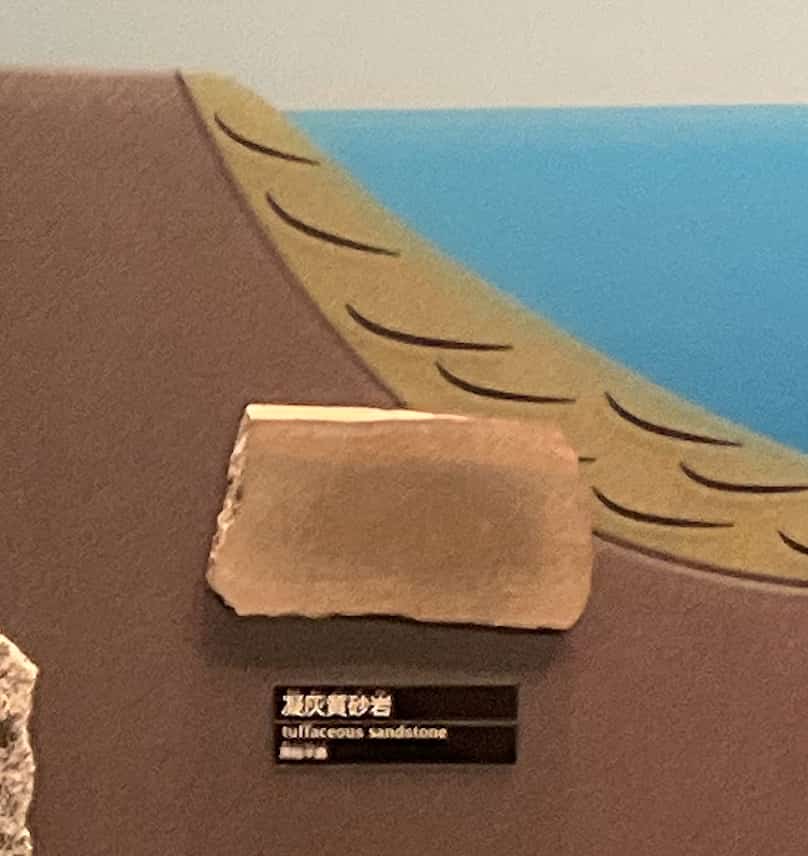
- Mudstone: Rock formed from compressed mud.
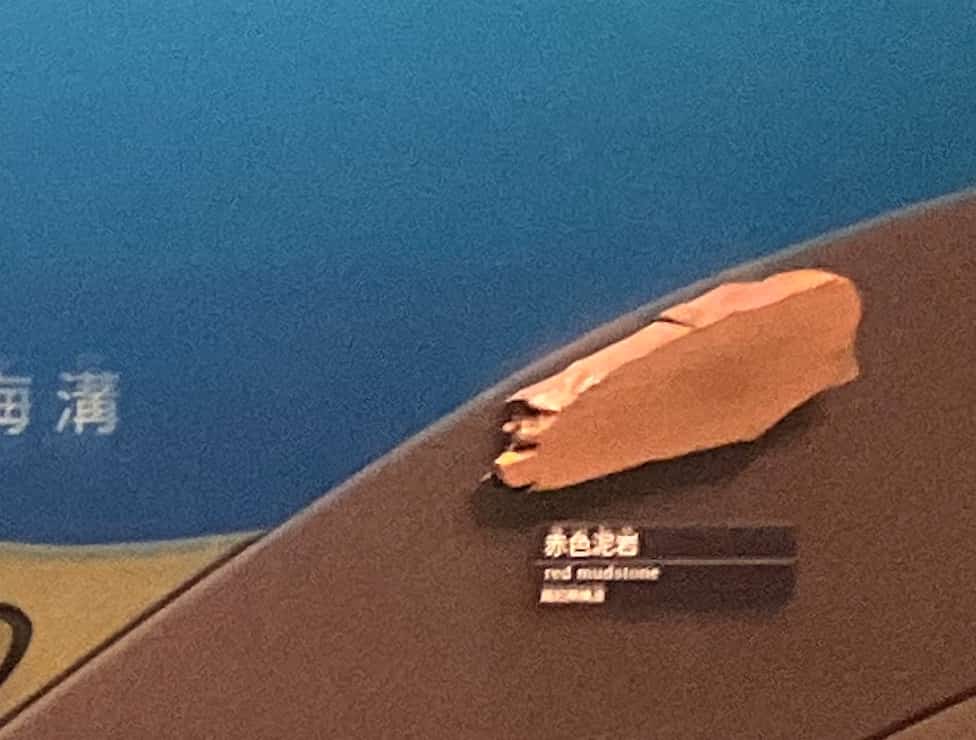
- Chert: An extremely hard rock formed from the remains of tiny organisms.
By holding these stones and asking, “Where do you think this was made, and how?” you can ignite a child’s imagination and curiosity. Classifying igneous rocks isn’t about memorizing terms; it’s a grand operation of decoding an epic story—to hold a simple rock and, by its color and crystal size, contemplate the dynamic activity deep inside the Earth. I encourage you to use this detective game to let the stones tell their stories!
Contact & Requests
Let’s make the wonders and fun of science more accessible! I’ve put together easy-to-understand tips and fun science experiments you can do at home. Feel free to search around!
・About the administrator, Ken Kuwako: click here
・For various requests (writing, lectures, experiment classes, TV supervision/appearances, etc.): click here
・Article updates are posted on X!
![]() Experimental videos are streaming on the Science Channel!
Experimental videos are streaming on the Science Channel!


